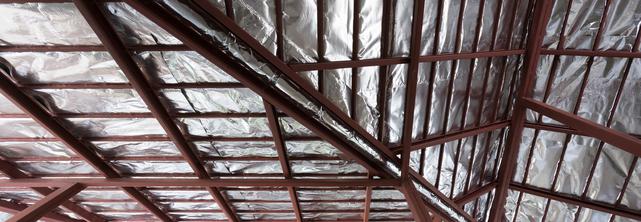If you are a homeowner looking to replace insulation in your home, there are a few materials you will need to get started. Insulation is an essential component of your home's energy efficiency and comfort, so it's important to make sure it's in good shape. Here are some materials you'll need for the job.
Insulation
The first and most important material you'll need is insulation itself. Insulation comes in a variety of types, including fiberglass, cellulose, spray foam, and rigid foam. The type you choose will depend on the area you are insulating, your budget, and your desired level of insulation. Be sure to purchase enough insulation to cover the area you plan to insulate, and check the R-value, which measures the insulation's ability to resist heat flow.
Tools
In addition to insulation, you'll need some basic tools to complete the job. You'll need a utility knife or insulation saw to cut the insulation to the proper size and shape. You may also need a staple gun to secure the insulation in place, especially if you are installing batt insulation. A ladder, measuring tape, and safety equipment such as gloves, goggles, and a dust mask is also recommended.
Sealing Materials
To ensure that your insulation is properly sealed and does not allow air to escape, you'll need some sealing materials. Caulk and weatherstripping can be used to seal gaps around windows, doors, and other openings. Foam sealant can be used to seal gaps around pipes and other penetrations in the walls and ceiling.
Other Materials
Depending on the type of insulation you are installing, you may need some additional materials. For example, if you are installing spray foam insulation, you'll need a spray foam kit, which includes a spray gun and tanks of foam. If you are installing rigid foam insulation, you'll need adhesive to secure it in place.
Replacing insulation in your home can be a daunting task, but with the right materials and tools, it can be a manageable DIY project. Be sure to choose the right type of insulation for your needs and budget, and don't forget the other materials and tools you'll need to complete the job. With a little bit of effort, you can improve your home's energy efficiency and comfort for years to come.






comments